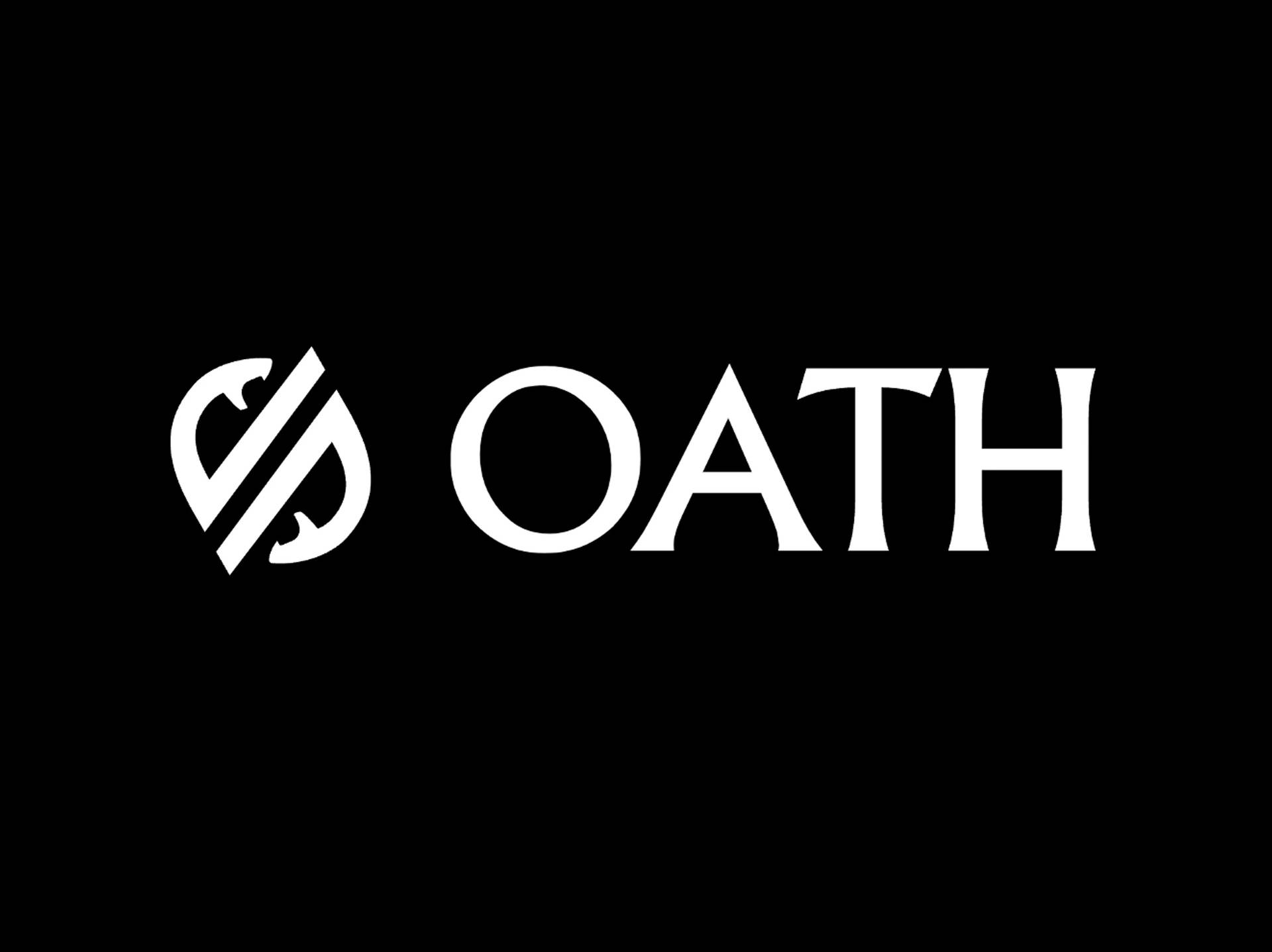위키 구독하기
Share wiki
Bookmark
OATH Foundation
OATH Foundation
OATH 재단은 OATH 에코시스템을 관리하고 개발하는 기관입니다. 투명하고 분산된 거버넌스 프로세스를 구축하는 동시에 프로토콜 개발 및 유지를 위한 자금을 지원하고 지원합니다. 재단은 각 프로토콜의 효율적이고 안전한 운영을 보장하기 위해 경험이 풍부한 계약자들과 협력합니다. [1]
개요
OATH 에코시스템은 자체 토큰인 OATH를 기반으로 하는 DeFi 생태계입니다.
거버넌스
OATH 프로토콜의 거버넌스 구조는 두 단계로 나뉩니다. [2][3]
1단계
1단계에는 다음 요소가 포함됩니다.
-
거버넌스 제안 검토 위원회: 이 위원회는 커뮤니티에서 제출된 거버넌스 제안을 평가하고 검토합니다. 설정된 기준과 프로토콜의 목표에 제안이 부합하는지 확인하는 역할을 합니다.
-
OATH 거버넌스 포럼: 모든 OATH 기여자와 사용자를 위한 이 포럼은 거버넌스 관련 공개 토론과 아이디어 공유를 위한 플랫폼 역할을 합니다. 프로토콜의 미래 비전을 실질적인 전략으로 전환하는 것을 목표로 합니다.
-
스냅샷 투표 플랫폼: 이 플랫폼을 통해 토큰 보유자는 거버넌스 제안에 투표할 수 있습니다. 의사 결정 과정에서 포괄성과 대표성을 보장합니다.
2단계
2단계에서는 다음과 같은 변경 사항이 도입됩니다.
-
필수 커뮤니티 대표 선출: 거버넌스 문제에 대해 더 넓은 커뮤니티의 이익을 대표하는 커뮤니티 대표를 선출해야 합니다.
-
MIT(최소 인플레이션 임계값) 증가: MIT가 상승하여 영향력 있는 제안에 대한 기준이 높아질 수 있습니다.
-
최소 OATH/bOATH 보유 지갑 수: 제안 투표에 참여하려면 OATH 또는 bOATH 토큰을 보유한 최소 수의 지갑이 필요합니다. 다양한 이해 관계자를 참여시키는 것을 목표로 합니다.
OATH의 기여자와 사용자를 포함한 전체 커뮤니티는 OATH 거버넌스 포럼에 참여하도록 권장됩니다. 이러한 참여는 거버넌스 토론과 결정에 적극적으로 참여하여 프로토콜의 미래를 형성하고 개발에 기여하는 데 도움이 됩니다.
OATH 토큰
OATH 토큰은 분산형 거버넌스 토큰으로, Reaper Farm, Ethos Finance 및 Digit 프로토콜과 OATH 에코시스템의 향후 플랫폼 관리를 감독하는 역할을 합니다. [1]
Reaper
Reaper.Farm은 원래 수익률 집계기로 운영되었지만 이제 자산 관리 프로토콜로 발전했습니다. 이를 통해 사용자는 수익을 얻는 동시에 보관과 관련된 위험을 줄일 수 있습니다. 이 프로토콜은 개방형 스마트 계약 시스템을 기반으로 하며 알고리즘 관리자 인프라 네트워크에 의해 관리됩니다. [1]
2023년 7월 27일, Reaper는 Arbitrum 배포에 5개의 새로운 다중 전략 볼트를 출시했습니다: WETH, USDC, USDT, DAI & ARB. Granary에만 독점적으로 공급될 새로운 볼트는 LP 복합 솔루션에서 산업용 프로토콜 간 및 사용자 자산 관리 솔루션으로의 마이그레이션의 일부입니다. [6]
또한 새로운 Reaper 다중 전략 볼트는 Balancer에 통합되어 플랫폼의 유동성 제공자에게 수익을 제공합니다. [6]
Ethos Reserve
Ethos Reserve는 다양한 담보 유형을 수용하고 Reaper의 자산 관리 기술을 사용하여 준비금 자산을 재담보할 수 있는 스테이블코인 시스템으로 기능합니다. 이러한 접근 방식은 경쟁력 있는 금리, 유동성 제공자를 위한 연장된 기간 및 유동성 제공에 참여하는 사람들의 수익 증가로 이어집니다. [1]
2023년 4월, Ethos는 Optimism 기반 차세대 스테이블코인인 $ERN의 유동성 제공자에게 최대 440만 달러 상당의 OP 및 OATH 토큰을 12개월 동안 배포하여 2계층 네트워크에서 DeFi 채택을 장려하는 프로그램의 일환으로 약속했습니다. [8]
“Ethos Reserve가 Optimism 에코시스템의 사용자에게 새로운 인센티브를 제공할 수 있는 기회를 제공하게 되어 기쁩니다.”
“우리는 자체 커뮤니티와 더 넓은 L2에서 분산형 금융의 상당한 성장을 목격했으며, Ethos가 Optimism에서 그러한 추세를 계속 이어가는 것을 자랑스럽게 생각합니다.” - Optimism 재단의 Ben Jones 이사[8]
인센티브는 Digit.xyz, BeethovenX 및 Velodrome과 같은 플랫폼을 통해 $ERN 유동성 제공자에게 배포됩니다. [8]
Digit Finance
Digit는 DeFi 부문의 유동성 제공자와 그들이 사용하는 프로토콜 간의 균형 잡힌 인센티브를 구축하는 것을 목표로 하는 프로토콜로 기능합니다. 고유한 회계 시스템을 활용하여 Digit은 실제 채권을 사용할 필요 없이 높은 볼록성 채권과 관련된 시장 효과를 감가상각 측면에서 모방하는 동시에 낮은 볼록성 채권에서 발견되는 감소하는 지속 시간 측면을 모방할 수 있습니다. [1]
잘못된 내용이 있나요?
